
Ingrown hair occurs when tip of the hair curls back and grows under the skin. This commonly occurs on frequently shaved skin areas such as the face, legs, neck, armpits and pubic region. Ingrown hair often leads to irritation and inflammation, the condition known as pseudofolliculitis barbae. This condition is harmless but may be cosmetically disfiguring and requires medical treatment. However, it is possible to avoid or prevent infection of ingrown hair.
Causes of Infected Ingrown HairInfected ingrown hair most frequently happens on the areas where hair is cut short and close to the skin causing the top section of the hair to get trapped in the skin. Instead of growing straight outward, the hair grows sideways into the skin. This is mainly caused by improper shaving techniques. Aggressive hair removal methods like waxing can also lead to pseudofolliculitis barbae. Wearing tight clothes is one more cause of the condition.
Infected ingrown hair equally affects both genders. However, people whose hair is thicker and coarser are more susceptible to pseudofolliculitis barbae.
Symptoms of Infected Ingrown HairCommon signs of infected ingrown hair are swelling and redness of the skin caused by entry of bacteria and other pathogens into the affected area. A red bump may develop over the area. The bump may get inflamed and have pus inside. The affected hair follicle may be tender to touch and cause itching.
However, these signs may also indicate keratosis pilaris, a non-contagious, innocuous skin condition featured by small goose bumps. It develops due to dead skin cells trapped in hair follicles. This is mostly seen on the areas like the upper arms and thighs. It commonly affects teenagers while elderly people rarely suffer from keratosis pilaris.
Treatment for Infected Ingrown Hair
Before he/she decides for the most appropriate treatment for infected ingrown hair, a doctor must perform a physical examination. This observation along with patient's medical history helps the doctor make a correct diagnosis. Infected ingrown hair can be treated by exfoliation. This involves scrubbing the affected area gently with some type of scrub such as loofah, while showering or bathing. The doctor will usually recommend a “noncomedogenic” lotion that moisturizes the skin but does not clog the pores. Over-the-counter skin creams and treatments containing salicylic acid can also help to remove dead skin cells and reduce the pain and swelling.
In severe cases, the doctor may use topical alpha-hydroxy acid serum to clear up the infection. Anti-bacterial balm eliminates the redness. If the condition does not respond to medications, the infection may be treated with electrolysis and laser treatment.



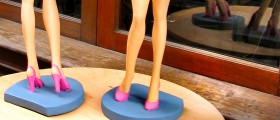
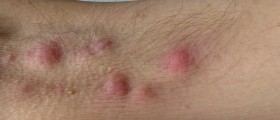

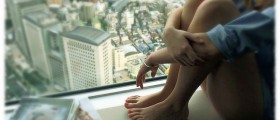


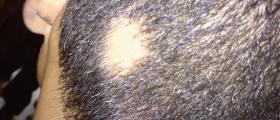



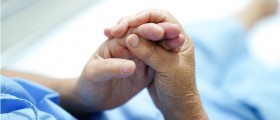

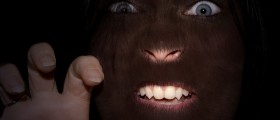
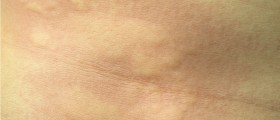
Your thoughts on this
Loading...